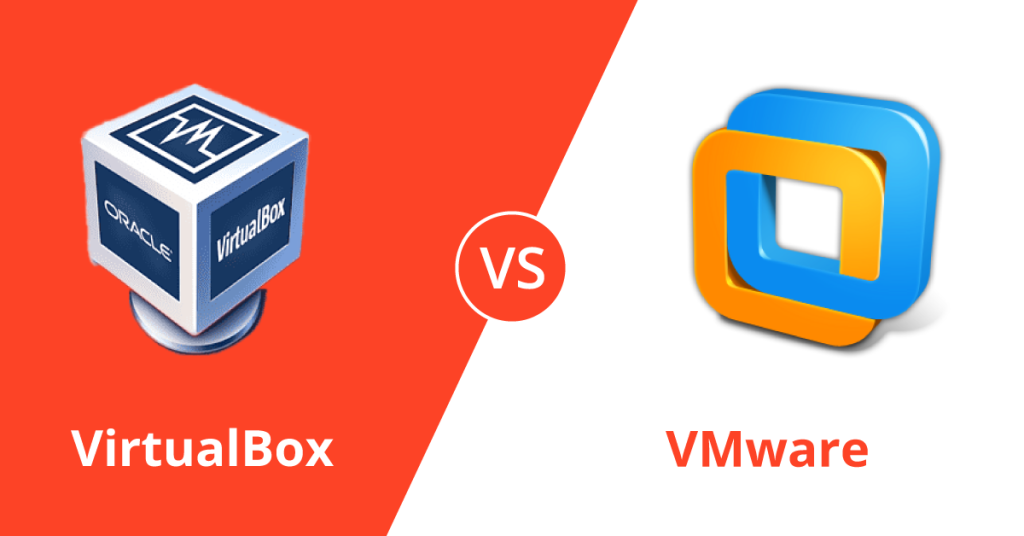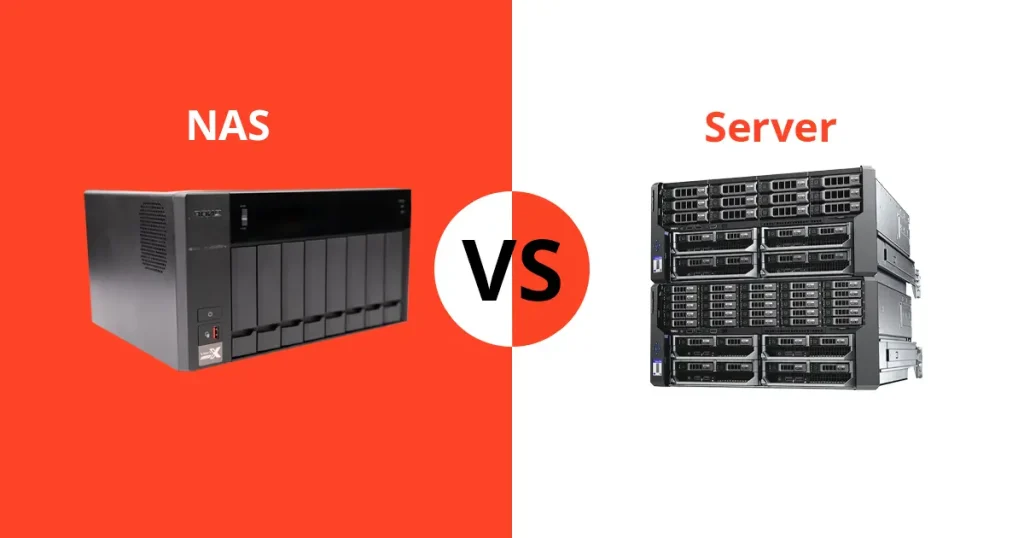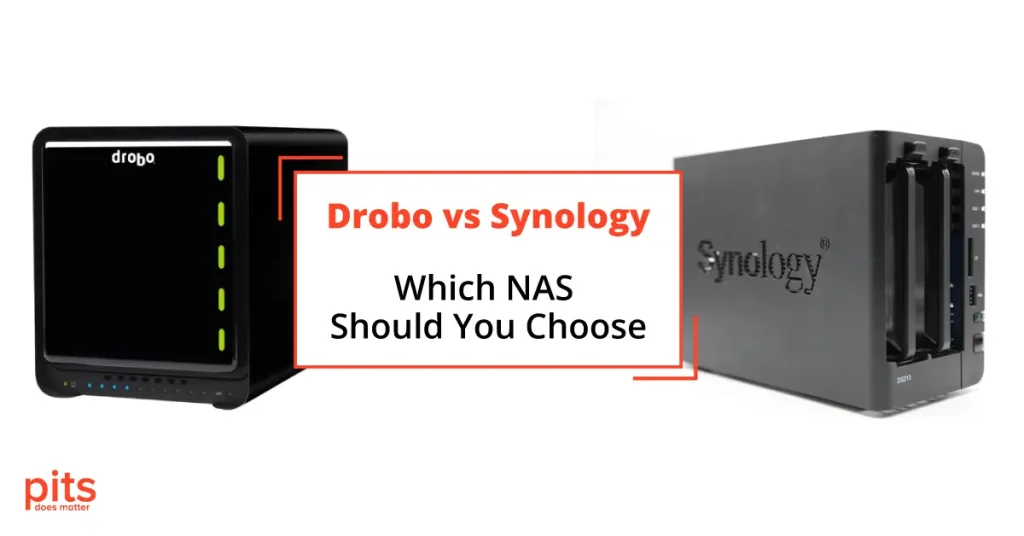A file system and a partition table are both concepts related to organising and managing data on storage devices like hard drives, solid-state drives (SSDs), or other storage media. However, they serve different purposes and operate at different levels within the storage hierarchy. In this blog post, we will discuss their differences.
What is a Partition Table?
A partition table is a low-level data structure used to divide a physical storage device (such as a hard drive) into multiple logical partitions. These partitions are like separate “containers” that can be independently formatted with a file system and used to store data. Partitioning is often done to
- Utilise different parts of the disk for different purposes
- Improve data organisation on a storage device
- Support specific file systems for certain partitions
Partition tables come in various formats, with MBR (Master Boot Record) and GPT (GUID Partition Table) being the most common. MBR is older and has limitations regarding the number and size of partitions it can support, whereas GPT is more modern and allows for larger drives and more partitions.
What is a File System?
A file system is a higher-level structure used to manage and organise data within a partition. It provides a way for operating systems and users to access, create, modify, and delete files and directories on a storage device. The file system handles tasks like file naming, file permissions, and keeping track of where data is stored on the partition.
There are various file systems, each with its own features and optimisations, designed for specific operating systems or use cases. Some examples of file systems include NTFS (Windows), ext4 (Linux), APFS (Apple), and FAT32 (used in older systems and external storage devices).
Conclusion
In summary, a partition table is a low-level structure that divides a physical storage device into logical partitions, while a file system is a higher-level structure that organises and manages data within each partition. The partition table is responsible for identifying and locating the partitions on the disk, and the file system is responsible for managing the data stored within those partitions. Together, they enable efficient data storage and retrieval on storage devices.
We’re Here to Help
Our experienced team is committed to helping you recover your critical data. No matter the situation, we work diligently to ensure the best possible outcome. Take action now and let us restore what’s important to you.
Start Recovery Process
"*" indicates required fields


